Sucralfate and oxetacaine are often combined in medications used to treat gastrointestinal conditions, particularly those involving ulcers and gastritis. Here’s a brief overview of each component and their combined use.
Sucralfate and Oxetacaine
Mechanism of Action:
- Sucralfate: Sucralfate is a complex of sucrose and aluminum hydroxide. It works by forming a protective barrier over ulcers or erosions in the stomach and duodenum, shielding them from stomach acid, bile, and digestive enzymes. This allows the damaged tissue to heal.
- Oxetacaine: Oxetacaine is a local anesthetic that works by numbing the mucous membranes of the gastrointestinal tract. This provides rapid relief from pain and discomfort associated with ulcers and gastritis.
Indications:
- Sucralfate: Used to alleviate symptoms like heartburn, acid reflux, and pain from gastrointestinal ulcers.
- Oxetacaine: Provides symptomatic relief by numbing ulcerated and inflamed areas in the stomach and esophagus.
Combined Use:
- Synergistic Effect: When combined, sucralfate and oxetacaine provide both protective and symptomatic relief. Sucralfate forms a protective layer over the ulcer, promoting healing, while oxetacaine provides immediate pain relief by numbing the affected area.
- Common Formulations: This combination is often found in oral suspensions or gels, which are taken before meals to coat the stomach lining and provide relief from pain.
Dosage and Administration:
- Dosage: The dosage can vary depending on the specific formulation and the severity of the condition. It is important to follow the prescribing doctor’s instructions or the guidelines provided on the medication label.
- Administration: Typically, the medication is taken on an empty stomach, usually 1 hour before meals and at bedtime, to maximize its effectiveness.
Side Effects:
- Sucralfate: Frequent side effects may include constipation, dry mouth, and stomach discomfort.
- Oxetacaine: May cause a temporary numbing sensation in the mouth or throat.
Precautions:
- Interactions: Sucralfate can interact with other medications, such as antibiotics (e.g., tetracycline, quinolones) and antacids, reducing their absorption. It is advisable to take other medications at least 2 hours before or after sucralfate.
- Contraindications: Patients with known hypersensitivity to any component of the medication should avoid its use.
Conclusion:
The combination of sucralfate and oxetacaine is effective for both treating and providing symptomatic relief from gastrointestinal ulcers and gastritis. Always consult a healthcare provider for personalized advice and to ensure safe and effective use of the medication.









